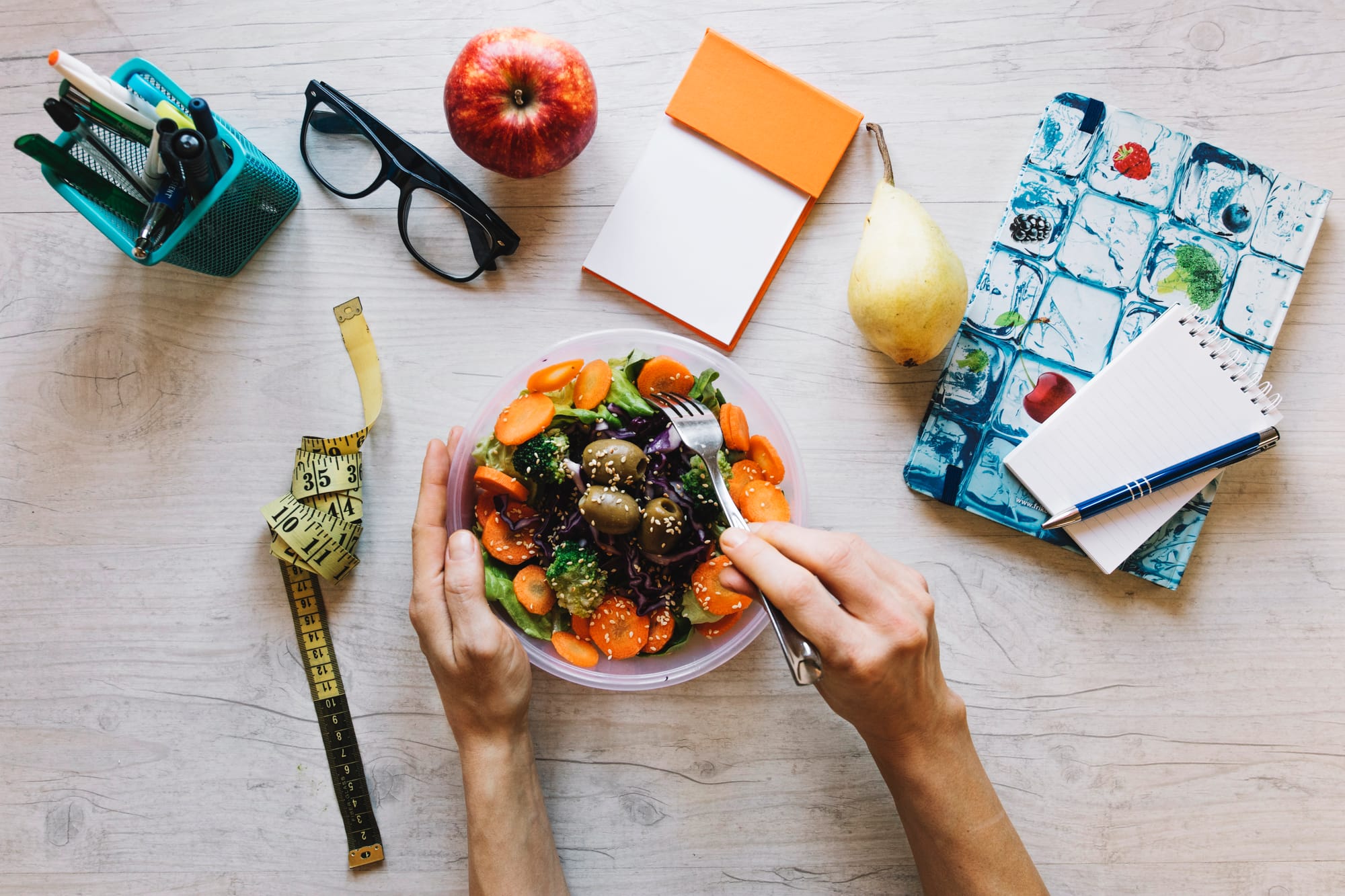Meal planning is a powerful tool for achieving healthy life style goals while also promoting sustainability. With the right strategies, you can create nutritious meals that support your health and the environment. Here are some practical tips to get you started on your journey to healthier eating.
1. Set Clear Goals
Before diving into meal planning, it's essential to set specific, achievable goals. Are you looking to manage healthy body structure, improve your eating habits, or reduce food waste? By defining your objectives, you can tailor your meal plan to meet your needs effectively.
2. Assess Your Current Eating Habits
Take some time to evaluate your current eating patterns. Keep a food diary for a week, noting what you eat, when you eat, and how you feel after each meal. This assessment will help you identify areas for improvement, such as portion sizes, snacking habits, or the consumption of processed foods.

3. Incorporate Seasonal and Local Ingredients
Choosing seasonal and locally sourced ingredients is a fantastic way to promote sustainability. Seasonal produce is often fresher, more flavorful, and less expensive. Visit farmers' markets or local grocery stores to find fresh fruits and vegetables that are in season. Not only will you support local farmers, but you’ll also reduce your carbon footprint by cutting down on transportation emissions.
4. Create a Balanced Meal Plan
A well-rounded meal plan should include a variety of food groups to ensure you're getting the necessary nutrients. Aim for a balance of:
- Lean Proteins: Chicken, turkey, fish, beans, lentils, and tofu.
- Whole Grains: Quinoa, brown rice, whole wheat bread, and oats.
- Healthy Fats: Avocados, nuts, seeds, and olive oil.
- Fruits and Vegetables: A colorful variety to maximize vitamins, minerals, and fiber.
Consider using a plate method: fill half your plate with vegetables and fruits, one-quarter with lean protein, and one-quarter with whole grains.
5. Plan for Snacks
Healthy snacks can help curb hunger and prevent overeating at meal times. Include nutritious snacks in your meal plan, such as:
- Fresh fruits (apples, bananas, berries)
- Raw vegetables with hummus
- Greek yogurt
- Nuts and seeds
Having snacks prepared and readily available can make it easier to stick to your meal plan and resist the temptation of unhealthy options.

6. Batch Cooking and Meal Prep
Dedicate a day each week to batch cooking and meal prep. Prepare large quantities of staple ingredients like grains, proteins, and roasted vegetables that you can mix and match throughout the week. Portion these into containers for easy grab-and-go meals. This not only saves time but also reduces food waste and encourages healthy eating.
7. Embrace Leftovers
Leftovers can be a lifesaver for both healthy body structure and sustainability. Repurpose leftovers into new meals or pack them for lunch. For example:
- Use roasted vegetables in a salad or omelet.
- Add leftover grilled chicken to a wrap or grain bowl.
- Transform a stir-fry into a soup by adding broth and more vegetables.
This approach minimizes food waste and keeps meal prep simple and efficient.
8. Use a Grocery List
A well-planned grocery list can help you stick to your meal plan and avoid impulse purchases. List all the ingredients you need based on your meal plan, and try to shop when you’re not hungry to resist the temptation of unhealthy snacks. Additionally, consider buying in bulk for items you use frequently, as this can be more cost-effective and reduce packaging waste.
9. Stay Hydrated
Don’t forget the importance of hydration in your health and fitness journey. Water is essential for overall health and can help control hunger. Aim to drink at least eight glasses of water a day, and consider infusing your water with fruits or herbs for added flavor. Herbal teas can also be a great option.

10. Listen to Your Body
Finally, listen to your body’s hunger and fullness cues. Eating mindfully allows you to enjoy your food and recognize when you’re satisfied. This practice can help prevent overeating and promote a healthier relationship with food.
Conclusion
Meal planning for healthy and sustainable body structure is a rewarding process that fosters healthy eating habits and reduces food waste. By setting clear goals, using seasonal ingredients, and embracing batch cooking and leftovers, you can create a balanced, nutritious meal plan that supports your health & wellness journey while being kind to the planet. Start small, stay consistent, and remember to celebrate your progress along the way!


